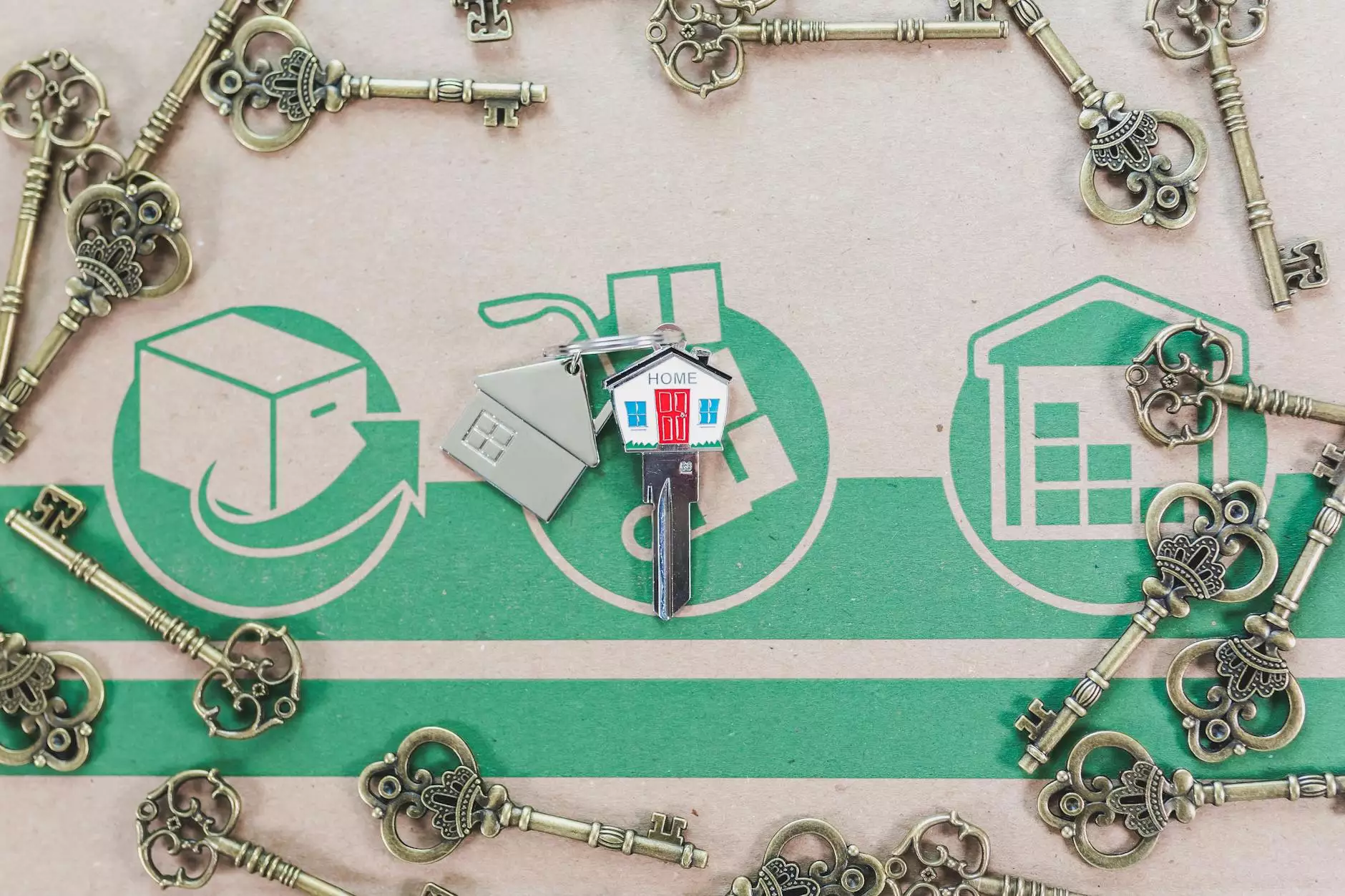Understanding Container Transloading Services for Efficient Shipping

In today's global economy, businesses rely heavily on effective logistics and supply chain management. One crucial aspect of this process is container transloading services. These services facilitate the transfer of goods between different modes of transportation, ensuring that products reach their destinations quickly and efficiently. This article delves into the essentials of transloading, its benefits, and how it can optimize your shipping strategy.
What are Container Transloading Services?
Container transloading services refer to the practice of transferring cargo from one shipping container to another mode of transportation. This process often occurs at transportation hubs, such as ports or distribution centers, where containers are loaded onto trucks, trains, or other vessels. The benefits of transloading are manifold, impacting both cost and time efficiency in shipping logistics.
Why Choose Container Transloading Services?
There are several compelling reasons why businesses should consider utilizing container transloading services:
- Cost Efficiency: By strategically transferring containers, companies can minimize shipping costs. Transloading allows shippers to capitalize on lower transportation rates for certain routes.
- Flexibility: Transloading provides flexibility in transportation choices, allowing shippers to switch between modes (such as rail and truck) based on current needs.
- Speed: Efficient transloading services can significantly reduce the overall transit time by optimizing the flow of goods through the supply chain.
- Accessibility: Container transloading can provide access to remote locations that may not be serviced directly by certain carriers.
The Process of Container Transloading
The procedure for container transloading services typically involves several steps:
- Arrival: Cargo arrives at a transloading facility, usually located at a port or intermodal terminal.
- Unloading: Containers are unloaded from the incoming transportation vehicle, such as a ship or a train.
- Inspection: The cargo is inspected for damage or discrepancies, ensuring that everything is intact before it is reloaded.
- Repacking: If necessary, the goods may be repacked or sorted based on their final destination.
- Loading: Goods are then loaded onto a different mode of transportation, such as a truck for final delivery or onto another train for onward shipping.
- Documentation: Finally, appropriate documentation is generated, confirming the transloading process has been completed.
Advantages of Utilizing Container Transloading Services
The advantages of opting for container transloading services are vast and tailored toward enhancing the efficiency of shipping operations:
1. Improved Transit Times
Speed is king in the logistics industry. By utilizing transloading services, businesses can strategically route shipments to maximize speed. This means that products can be delivered faster, enhancing customer satisfaction and potentially increasing sales.
2. Increased Volume of Goods Handled
Transloading can facilitate the handling of larger volumes of goods. By optimizing the flow of cargo, logistics providers can manage increased capacity without sacrificing service quality.
3. Better Route Optimization
Transloading allows shippers to select the most cost-effective and time-efficient routes for their cargo. By assessing different transportation alternatives, businesses can significantly lower their shipping expenditures.
4. Reduced Risk of Damage
Quality container transloading services entail meticulous handling of cargo. With trained professionals overseeing the transfer process, the risk of damage to goods is substantially reduced, ultimately leading to fewer claims and higher profit margins.
Cost Considerations for Container Transloading Services
While the benefits of container transloading services are substantial, it is essential to consider the costs involved:
- Service Fees: Companies will incur fees associated with the transloading process, which may vary based on the facility and services provided.
- Equipment Costs: Depending on the nature of the goods, additional equipment may be required for safe and effective transloading.
- Transport Charges: The additional transportation leg may introduce new charges, so it is important to understand these costs upfront.
Choosing the Right Transloading Facility
When selecting a facility for container transloading services, several factors should be taken into account:
1. Location
Proximity to major transportation routes, ports, and railways is crucial. A well-placed transloading facility can significantly enhance efficiency.
2. Services Offered
Not all transloading facilities are created equal. Some may offer specialized services such as hazardous materials handling, temperature-controlled storage, or advanced tracking systems.
3. Reputation and Experience
Look for facilities with a proven track record in logistics and transloading services. A strong reputation can provide peace of mind regarding the handling of valuable cargo.
4. Technology Integration
The use of technology in logistics, such as GPS tracking and inventory management systems, can provide significant advantages. Select a facility that utilizes modern technology to streamline operations.
Key Considerations for Businesses Using Transloading Services
Businesses looking to implement container transloading services should keep several important factors in mind:
- Understand Your Needs: Know what your transloading needs are and communicate them clearly with your logistics provider.
- Stay Compliant: It is essential to comply with local, state, and federal regulations that govern transportation and shipping.
- Monitor Performance: Regularly monitor the performance of your transloading provider to ensure they meet your service expectations.
- Build Good Relationships: A strong partnership with your transloading service provider can lead to better rates and service improvements.
The Future of Container Transloading Services
The landscape of logistics is continually evolving. With advancements in technology and the growing demand for quick and efficient transportation, the future of container transloading services looks promising:
1. Automation and Technology
The integration of automation and advanced technologies will play a significant role in the future of transloading. Automated systems can facilitate faster and more accurate loading and unloading processes.
2. Sustainability Practices
As businesses aim to reduce their carbon footprint, selecting environmentally friendly transloading options, such as rail transport, can lead to sustainable logistics solutions.
3. Increasing Demand for Flexibility
As the global market continues to fluctuate, the need for flexible and adaptable logistics solutions will grow. Transloading provides the necessary flexibility that businesses require to respond to changing demands.
Conclusion
In summary, container transloading services offer a myriad of benefits for businesses looking to optimize their shipping and logistics processes. From cost savings and improved transit times to increased flexibility and risk management, transloading is an invaluable service for efficient supply chain management. As the logistics industry continues to evolve, embracing these services can give businesses a competitive edge in navigating the complexities of global transportation.
For more information and to explore our shipping solutions, visit Ship North America.



